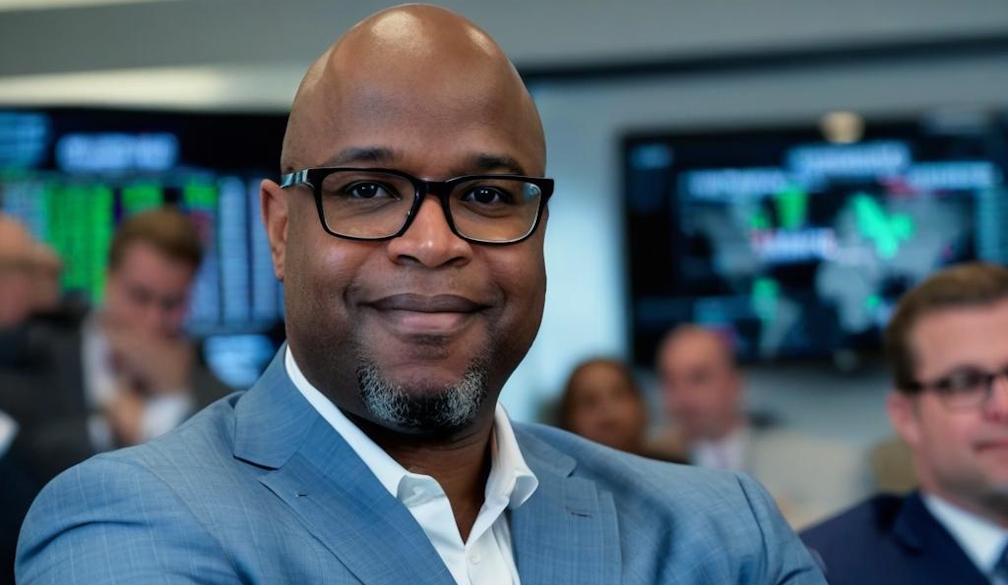Always Evaluating Your Circle: Why Not Everyone Who Appears to Support You Truly Does
- Written by Mick Hunt

Leadership is often viewed through the lens of personal ability—vision, decision-making, execution. But there’s another critical aspect that often gets overlooked: the people you surround yourself with. As a leader or entrepreneur, your circle—the advisors, peers, and team members around you—can either be your greatest asset or your biggest obstacle. The harsh reality is this: not everyone who appears to be in your corner truly is. And that’s a big key to lasting success.
While it’s easy to focus on external challenges like competition or market forces, the internal dynamics of your relationships are just as important to assess. Loyalty, trust, and shared vision aren’t automatic simply because someone is close to you. Understanding who is truly for you and who may be holding you back is an essential skill for leaders who aim to thrive.
Why Your Circle Matters More Than You Think
The phrase "you are the average of the five people you spend the most time with" is often used to illustrate how your environment influences your success. But as a leader, it goes much deeper than that. The people in your circle impact not just your energy and mindset, but also your decision-making, innovation, and resilience.
The Stats on Relationship Impact
According to a study from Harvard Business School, the social circles of entrepreneurs and leaders directly affect their business performance. Leaders who had supportive and diverse networks were 3.5 times more likely to report personal growth and increased innovation in their companies. Conversely, those who had toxic or unsupportive relationships experienced greater burnout and slower business growth.
The Hidden Dangers of Misplaced Trust
One of the most dangerous assumptions you can make as a leader is that everyone in your circle is fully invested in your success. The reality is that some people may have their own agendas, insecurities, or limitations that prevent them from genuinely supporting you. Others may outwardly appear to cheer you on but subtly undermine your efforts.
Here’s where the real danger lies: By failing to evaluate those around you, you may be giving power and influence to individuals who don’t have your best interests at heart. These people can erode your confidence, introduce self-doubt, or lead you down the wrong path without you even realizing it.
"Just because someone is close to you doesn’t mean they’re for you. Leadership is knowing when to pull people closer and when to distance yourself from those who don’t serve your vision." — Mick Hunt
It’s not about being suspicious of everyone, but about being aware. The best leaders understand that their relationships, both personal and professional, require constant evaluation. This vigilance ensures that you’re surrounding yourself with those who elevate you rather than those who hold you back.
The MICK Factor: Courage, Character, and Clarity in Evaluating Relationships
Evaluating your circle is not just about cutting people off; it’s about clarity. The MICK Factor emphasizes the importance of Courage and Character—two pillars that are essential in evaluating those around you. Courage allows you to make tough decisions about who you allow into your inner circle, and Character guides you in treating those people with integrity, whether you’re pulling them closer or creating distance.
As a leader, it’s important to recognize when relationships have outlived their usefulness or when someone is no longer aligned with your mission. It takes courage to make those hard choices, but without them, you risk surrounding yourself with people who are obstacles to your progress.
Signs It’s Time to Evaluate Your Circle
How do you know when it’s time to take a closer look at your relationships? Here are some common signs that your circle might not be as aligned with your vision as you think:
-
Lack of Reciprocity: Are you constantly supporting someone else’s goals, but not receiving the same in return? A healthy relationship is a two-way street. If someone is always taking and never giving, it’s time to evaluate their place in your life.
-
Subtle Undermining: Watch for those who downplay your successes or introduce doubt into your decisions. These people may claim to be on your side but often introduce negativity disguised as “constructive criticism.”
-
No Shared Vision: If the people around you don’t share your ambition or your values, their presence can subtly pull you off course. Surround yourself with those who believe in your mission and are willing to challenge you in ways that help, not harm.
-
Inconsistent Support: Is there someone in your circle who only shows up when things are going well? True supporters are there during the highs and lows, not just when success is on the horizon.
The Impact of Negative Relationships: A study by Gallup found that employees with negative relationships in the workplace are three times more likely to be disengaged and unproductive. The same principle applies to leaders—when surrounded by unsupportive individuals, leaders can experience decision fatigue, burnout, and diminished creativity.
How to Build a High-Value Circle
To build a circle that elevates you as a leader, focus on the quality of relationships over quantity. Here’s how you can foster a strong, supportive network:
-
Seek Out Diversity: Don’t surround yourself with people who think exactly like you. Diversity of thought and experience will challenge you and push you to grow. Look for individuals who offer different perspectives and encourage critical thinking.
-
Prioritize Trust and Loyalty: Trust isn’t built overnight, and loyalty is proven over time. Keep people close who have demonstrated consistent support and have shown that they’re truly invested in your success.
-
Stay Open to New Relationships: Don’t get stuck with the same circle forever. As you grow, your needs will change. Be open to forming new connections with people who align with your evolving goals.
-
Value Constructive Feedback: Surround yourself with people who will challenge you in healthy ways. These are the individuals who give you honest feedback because they want to see you succeed, not because they want to bring you down.
“Your circle should be a reflection of where you’re going, not where you’ve been. Choose people who challenge you to rise, not stay comfortable.” — Mick Hunt
Actionable Steps for Leaders
-
Conduct a Relationship Audit: Regularly assess the people in your circle. Are they aligned with your values and vision? Are they contributing to your growth, or are they holding you back? Make a list of your closest relationships and evaluate whether they still serve you.
-
Create Boundaries: If someone in your circle is no longer a positive influence, set clear boundaries. This doesn’t necessarily mean cutting them off completely but limiting their access to your energy and ideas.
-
Invest in Key Relationships: Once you’ve identified the people who are truly in your corner, invest in those relationships. Make time for them, collaborate with them, and nurture those bonds. Your success is built on the strength of these connections.
-
Be Willing to Let Go: One of the hardest things for leaders to do is let go of relationships that no longer serve them. But sometimes, letting go is the only way to make space for growth. Have the courage to remove people from your circle if they’re no longer contributing to your vision.
Leading with a High-Value Circle
At the end of the day, leadership is not just about the decisions you make—it’s about who you make them with. A strong circle can elevate you to new heights, while a weak one can drag you down. As you move forward in your leadership journey, always remember to evaluate your circle. Keep those who challenge you, who believe in you, and who help you rise. And never be afraid to make tough decisions about who stays and who goes.
Closing Thoughts: The people closest to you have the power to shape your future. Not everyone who claps for you is truly on your side, and that’s okay—as long as you have the clarity to know who is and the courage to make the necessary changes. Leadership is about more than just leading a team; it’s about leading yourself, and that starts with who you allow to stand beside you.
“Leaders rise or fall with their circle. Build yours with intention, and success will follow.” — Mick Hunt
Follow Mick:
YouTube


